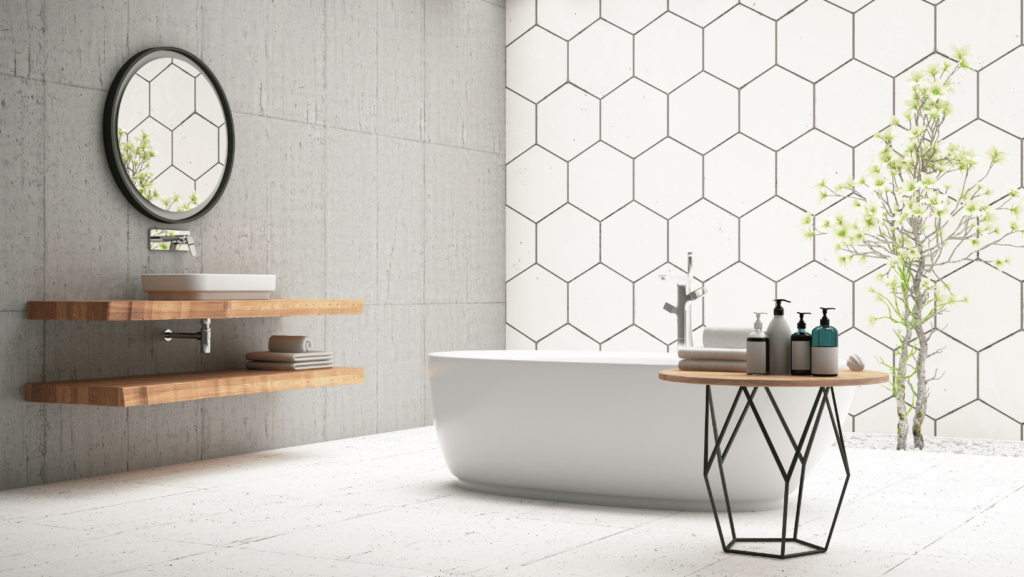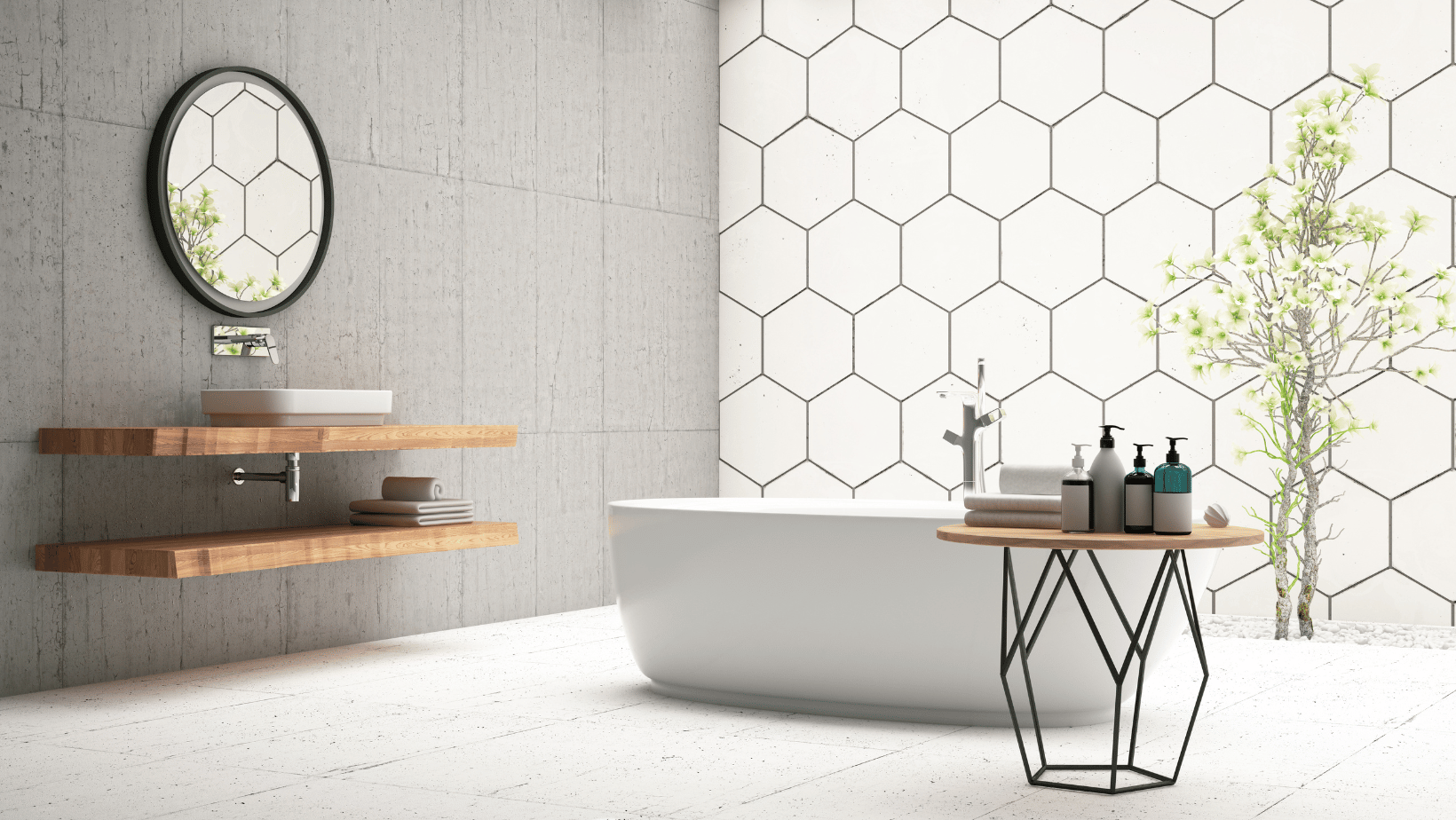
BACKGROUND
This client has operated as a luxury bathroom seller for over 20 years and is one of the UK’s leading businesses in the industry. Unfortunately, their e-Commerce business was struggling with a negative ROI for a number of the brands they carry and they wanted to rapidly improve their paid traffic efforts.
OBJECTIVE
As with all the PPC campaigns we run, our primary goal is to make the best use of the budget and avoid wasting any resources. This is easier said than done; ensuring you get the most out of your advertising expense requires specialist techniques and skill. Bearing in mind they have fifty brands in total, we chose to focus on those which had low and negative ROAS and then implemented a shopping structure that targets all three stages of the buying funnel. Basically, for us, anything below a 300% ROI meant losing money.
STRATEGY
On managing multiple accounts, I came to understand how often people undervalue the importance of an effective campaign structure. One campaign with a single ad group that contains all your products will not be enough. For this customer, we designed a slightly different campaign structure than those otherwise seen in ad accounts. It included producing three exactly the same campaigns with the same structure, ad groups and products, but with differences in:
- Negative Keyword Lists
- Bidding
The three campaigns that we created each had distinct priority levels – low, medium and high. We then developed our negative keywords lists to be used in each of the campaigns and, first off, creating a generic and global list to incorporate every keyword we wanted to stop our ads from being seen for, such as brands we don’t carry and queries that feature instructions or ‘how-tos’. We applied this negative keyword list to all three campaigns.
The second list we constructed included the brand names in the business’ portfolio, like Duravit and Hansgrohe – leaders in the bathroom industry. The third keyword list we generated was specifically designed to feature brands plus product details, for instance, ‘Hansgrohe – Croma Select E 180 2’. Having completed the lists, we applied them to the campaigns and set the bids consistent with the priority level and user objective. The first campaign, which was the highest priority one, had the three keyword lists applied in order to make it so advertisements would be seen only for the most generic and expansive terms.
We set the lowest bids of the three campaigns here as, since we were targeting users who were only in the initial stages of their buying process, we did not want to spend too much as the estimated conversion volumes are low. The second campaign was put on medium priority and the generic negative keyword lists plus the brand plus product-specific lists were applied. This was geared towards users who had already heard of the business, but who hadn’t yet searched for any particular product features. We set bids which were 50% higher than those of the high-priority campaign. Last was the low-priority campaign aimed at users at the very bottom of the funnel. Here no negative keywords were put in place apart from the generic list. Bids were the highest of all the campaigns.
RESULTS
We ran the campaigns for a period of 30 days before going over performance and making comparisons. At the end of the month, we had seen a considerable rise in sales, conversion rate, revenue and ROI across the campaigns, with the average cost per click reduced by 56%. On average, the return on ad spend had increased by 653,85% which allowed us to invest more in the brands which had been struggling with negative ROI. Through exact targeting with negative keywords and bidding optimisation, we were able to boost the conversion rate by 48%.
After the 30-day period, it had become clear that the campaign structure used was the most efficient way to spend the ad budget for high ROI. By faithfully optimising the keyword lists and bids for each of the three campaigns, we managed to raise sales by 300% and total revenue by 98.94%.

